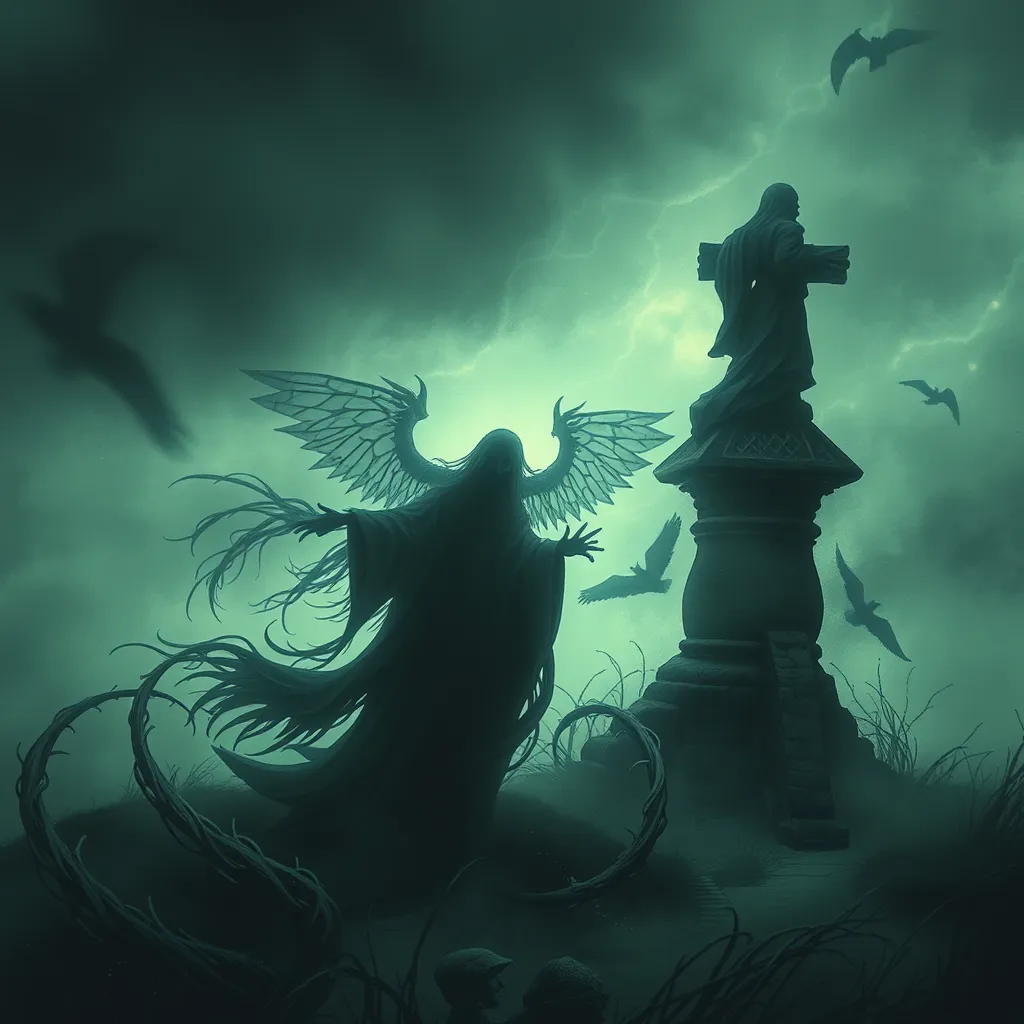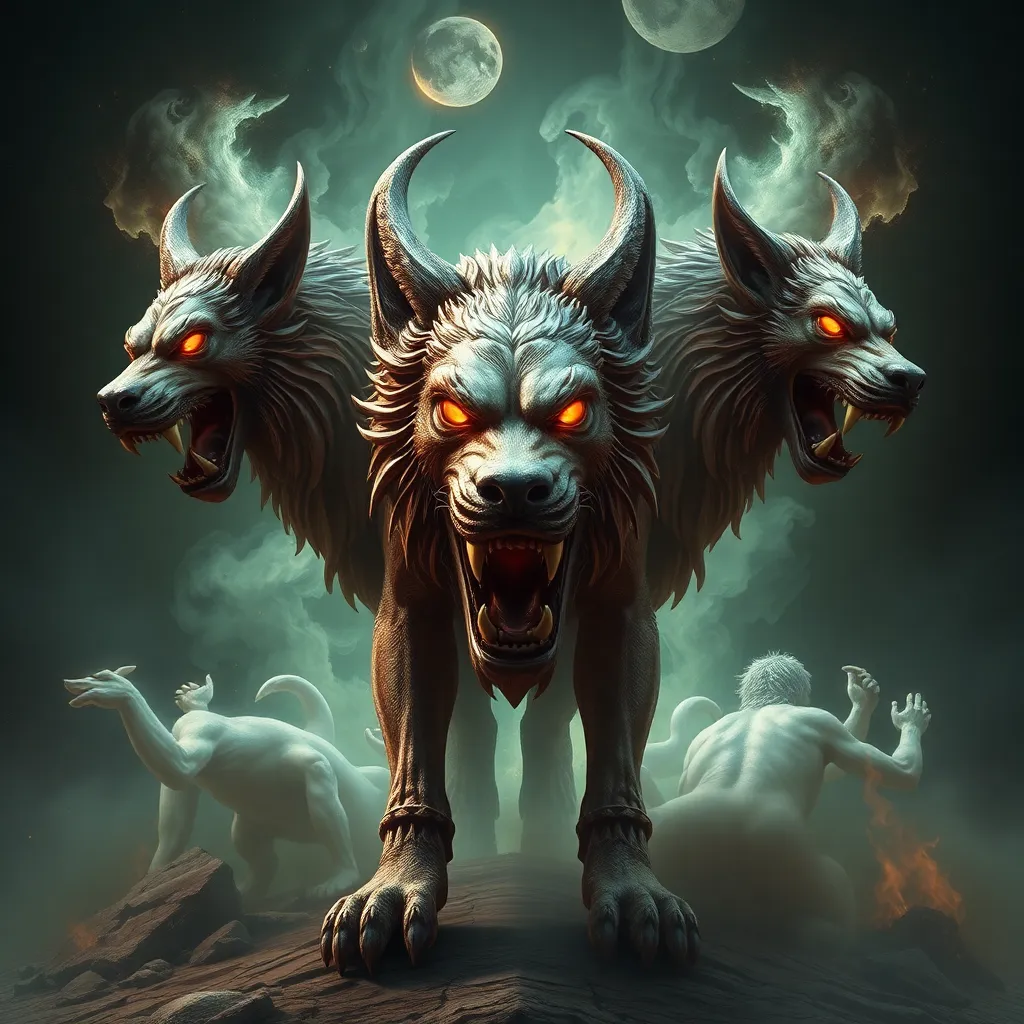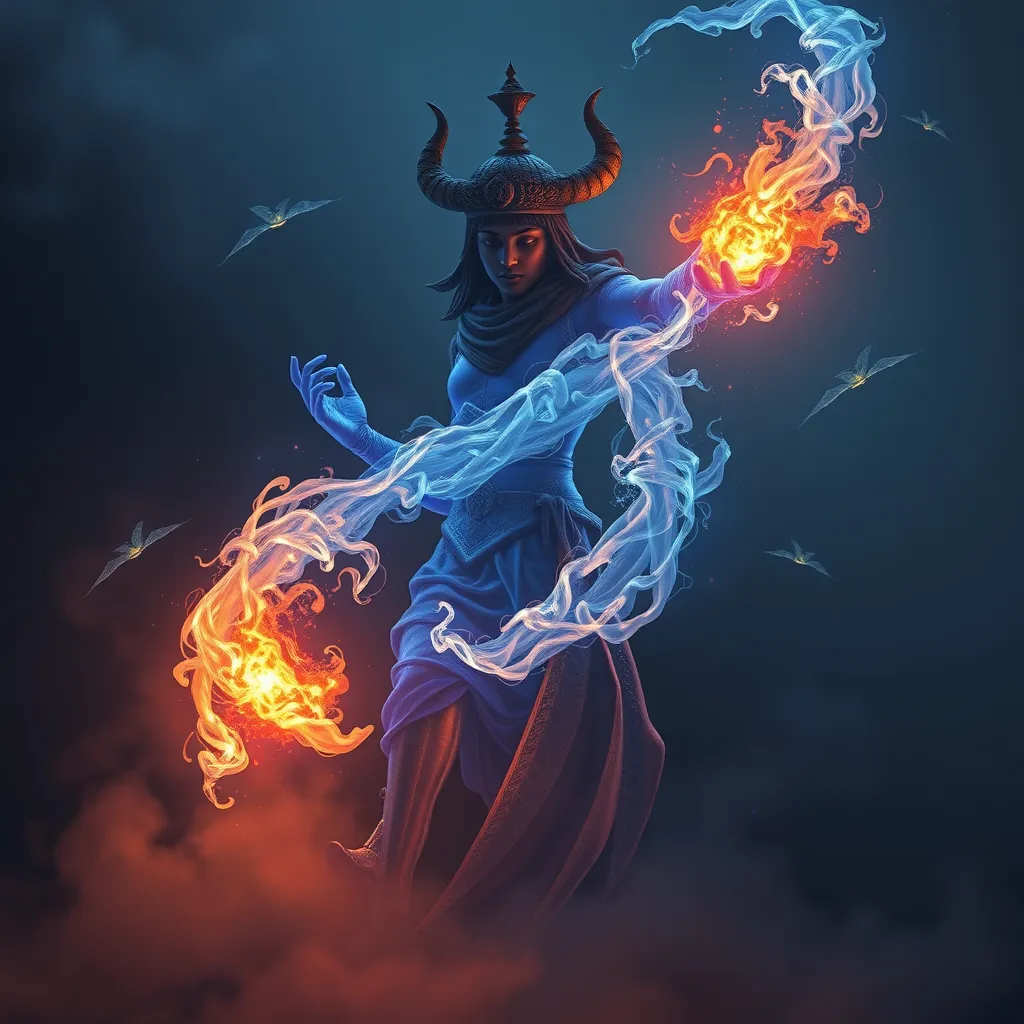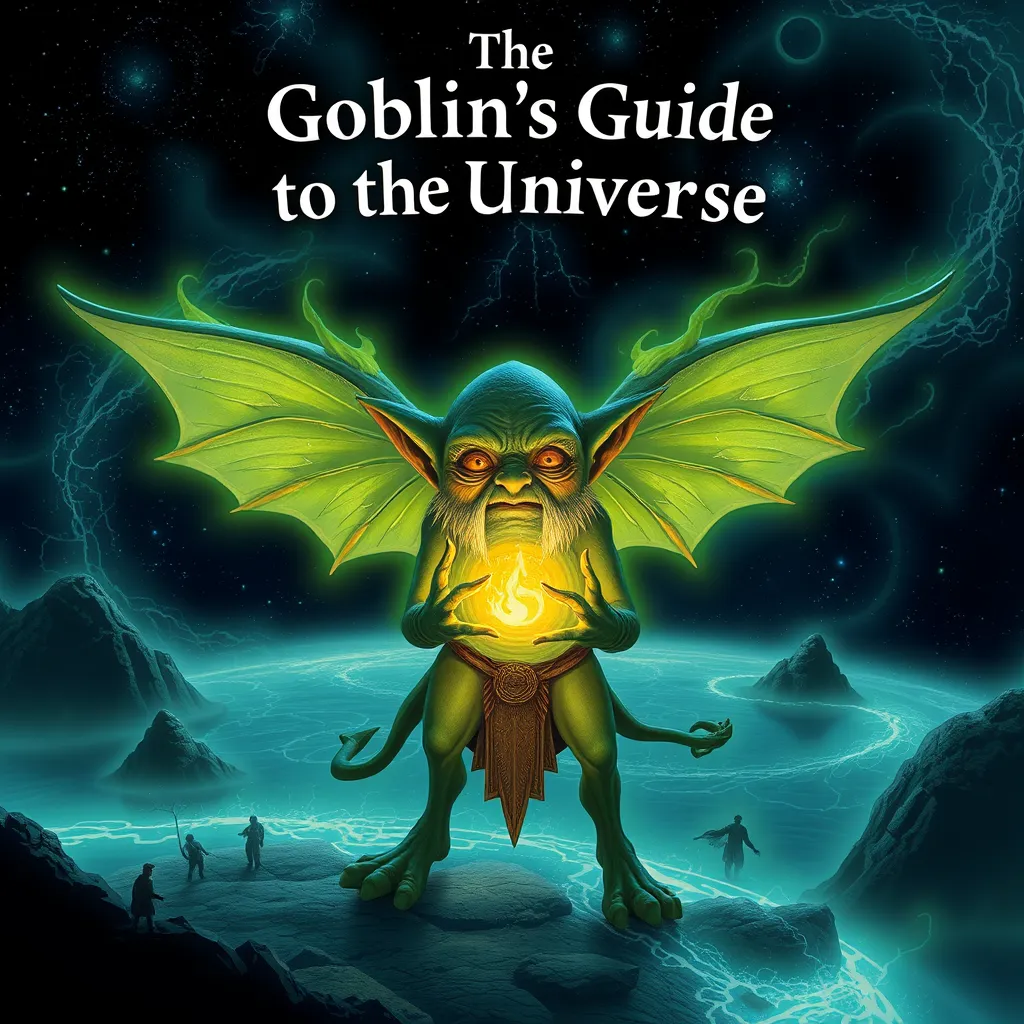The Banshee’s Role in Irish Literature and Art
I. Introduction
The Banshee, known in Irish as “Bean Sí,” is a mythical female spirit whose wailing is believed to herald the death of a family member. This figure holds significant cultural importance in Ireland, embodying the themes of death, loss, and the supernatural. The Banshee’s representation in Irish folklore has transcended generations, captivating the imagination of both the Irish people and those intrigued by their rich cultural heritage.
This article aims to explore the Banshee’s impact on literature and art, revealing how this spectral figure has influenced various forms of expression and continues to resonate within Irish culture.
II. Historical Origins of the Banshee
The origins of the Banshee can be traced back to ancient Irish mythology. In early texts, she is often depicted as a woman of great beauty, with long flowing hair and a mournful cry. Her presence is a harbinger of death, a theme that is prevalent in many of the tales from this period.
- Folkloric roots: The Banshee’s earliest mentions appear in the tales of the Tuatha Dé Danann, the mythical race of deities in Irish mythology.
- Evolution of the Banshee’s image: Over time, the Banshee’s image evolved from a goddess-like figure to a more ghostly apparition, often appearing as a pale woman in white or grey.
- Connection to Celtic beliefs: The Banshee is linked to ancient Celtic beliefs regarding the Otherworld and the concept of the afterlife, reflecting the cultural attitudes toward death and mourning.
III. The Banshee in Irish Literature
The Banshee has been a poignant figure in Irish literature, appearing in various forms across traditional poetry and prose. Her presence often evokes themes of death, loss, and the supernatural, serving as a catalyst for deeper exploration of human emotions.
A. Depictions in traditional Irish poetry and prose
In traditional poetry, the Banshee is often portrayed as a sorrowful figure, lamenting the loss of life. Poets have used her as a symbol of unavoidable fate, reflecting on the human condition and the inevitability of death.
B. Analysis of notable literary works featuring the Banshee
Several notable works incorporate the Banshee into their narratives:
- “The Banshee” by William Butler Yeats: This poem encapsulates the essence of the Banshee’s mournful cry, representing the deep connection between the spirit and the human experience of grief.
- “The Dead” by James Joyce: In this short story, the Banshee’s presence is felt through the themes of mortality and the echoes of the past, highlighting the impact of loss on the living.
C. Thematic exploration of death, mourning, and the supernatural
The Banshee’s role in literature often revolves around the themes of death and mourning. Her cry serves as a reminder of the fragility of life, while also reinforcing the connection between the living and the dead. The supernatural elements associated with her character allow authors to explore the unknown, creating a bridge between the earthly realm and the Otherworld.
IV. The Banshee in Visual Art
In the realm of visual art, the Banshee has inspired countless artists, who have sought to capture her ethereal beauty and haunting presence. Traditional Irish art often features her in folklore illustrations, while contemporary artists have reinterpreted her image in innovative ways.
A. Representation in traditional Irish art and folklore illustrations
Traditional depictions of the Banshee often emphasize her ghostly appearance, showcasing her long hair and flowing garments. Illustrations from folklore collections serve to immortalize her image, capturing the imagination of viewers.
B. Influence on contemporary artists and modern interpretations
Modern artists have drawn inspiration from the Banshee, reimagining her in various mediums:
- Paintings: Artists such as Brian O’Doherty have created works that reflect the Banshee’s haunting qualities, often using abstract forms and colors to evoke emotion.
- Sculptures: Sculptors have depicted the Banshee in three-dimensional forms, exploring her connection to nature and the supernatural.
C. Iconography of the Banshee in paintings, sculptures, and installations
The iconography surrounding the Banshee often includes elements that symbolize death and the afterlife, such as:
- White or grey clothing, representing her ghostly nature
- Flowing hair, symbolizing her connection to the spirit world
- Natural elements, like trees and rivers, reflecting her ties to the Irish landscape
V. The Banshee as a Symbol of Feminine Power
The Banshee is not only a figure of mourning; she also embodies aspects of feminine power and resilience. Her portrayal in folklore challenges traditional gender roles and offers a nuanced perspective on female strength.
A. Examination of gender roles associated with the Banshee
As a powerful female figure, the Banshee subverts typical portrayals of women in folklore, representing both vulnerability and strength. Her role as a harbinger of death places her in a position of authority within the narrative.
B. The Banshee as a figure of empowerment and resistance
In many stories, the Banshee acts as a protector of her family, warning them of impending death. This protective nature highlights her agency and emphasizes her significance in the familial and societal structure.
C. Comparative analysis with other female figures in folklore
When compared to other female figures in folklore, such as the Morrigan or the Selkie, the Banshee stands out as both a symbol of loss and a figure of empowerment. Her duality reflects the complexities of women’s roles in society and mythology.
VI. The Banshee’s Influence on Irish Music and Performance
The Banshee’s influence extends into the realm of music and performance, where her story is retold through traditional songs and contemporary theater.
A. Traditional songs and ballads featuring the Banshee
Numerous traditional Irish songs feature the Banshee, often capturing her mournful cry and the themes of loss. These songs serve as a reminder of the Banshee’s cultural significance and her connection to the community.
B. The Banshee’s role in contemporary music and theater
In contemporary performances, the Banshee continues to inspire artists and musicians. Her story is adapted into theatrical productions and music, blending traditional elements with modern interpretations.
C. Exploration of auditory representations and cultural impact
The auditory representation of the Banshee, particularly her iconic wail, has become synonymous with Irish folklore. This haunting sound evokes deep emotional responses, further solidifying her place in the cultural landscape.
VII. The Banshee in Popular Culture
In recent years, the Banshee has found new life in popular culture, appearing in literature, film, and television, which has shaped perceptions of Irish culture globally.
A. Modern adaptations in literature, film, and television
Modern adaptations of the Banshee often reinterpret her character, blending traditional elements with contemporary narratives. Examples include:
- Film: Movies like “The Secret of Kells” feature Banshee-like characters that capture the essence of the spirit.
- Television: Shows such as “Supernatural” incorporate Banshee mythology, showcasing her as a powerful and tragic figure.
B. The Banshee’s role in shaping perceptions of Irish culture abroad
The portrayal of the Banshee in popular media has helped to shape international perceptions of Irish culture, often emphasizing themes of mysticism and folklore.
C. The balance between tradition and innovation in contemporary portrayals
Contemporary portrayals of the Banshee often strike a balance between honoring traditional depictions and innovating new narratives, ensuring her enduring relevance in modern storytelling.
VIII. Conclusion
The Banshee’s multifaceted role in Irish literature and art reveals her significance as a cultural symbol. From her origins in ancient mythology to her portrayal in contemporary media, the Banshee embodies themes of loss, power, and the supernatural.
Her enduring legacy continues to influence artistic expression, highlighting the importance of preserving and exploring folklore in modern contexts. As we reflect on the Banshee’s impact, we are reminded of the rich tapestry of Irish culture and the stories that



